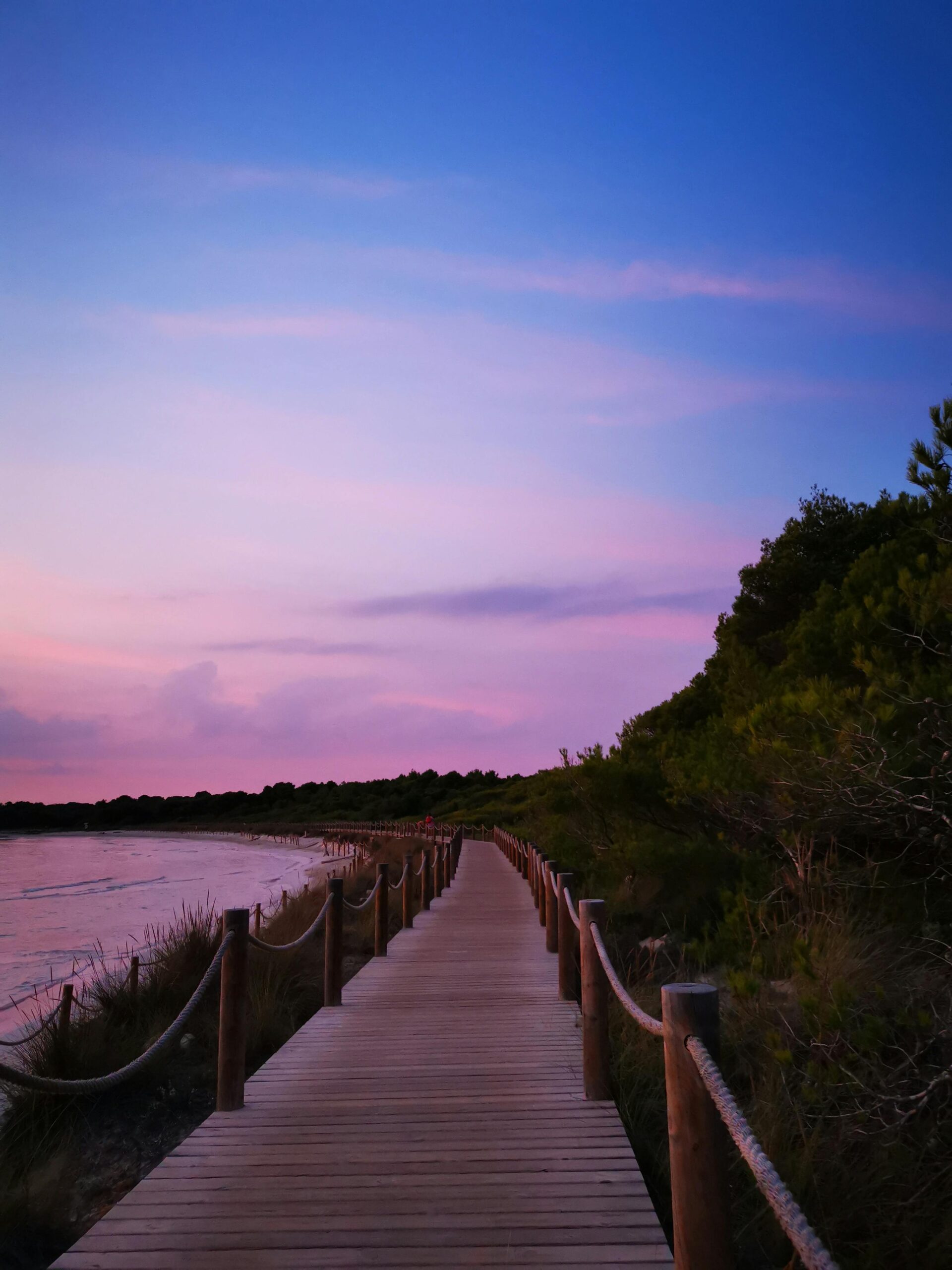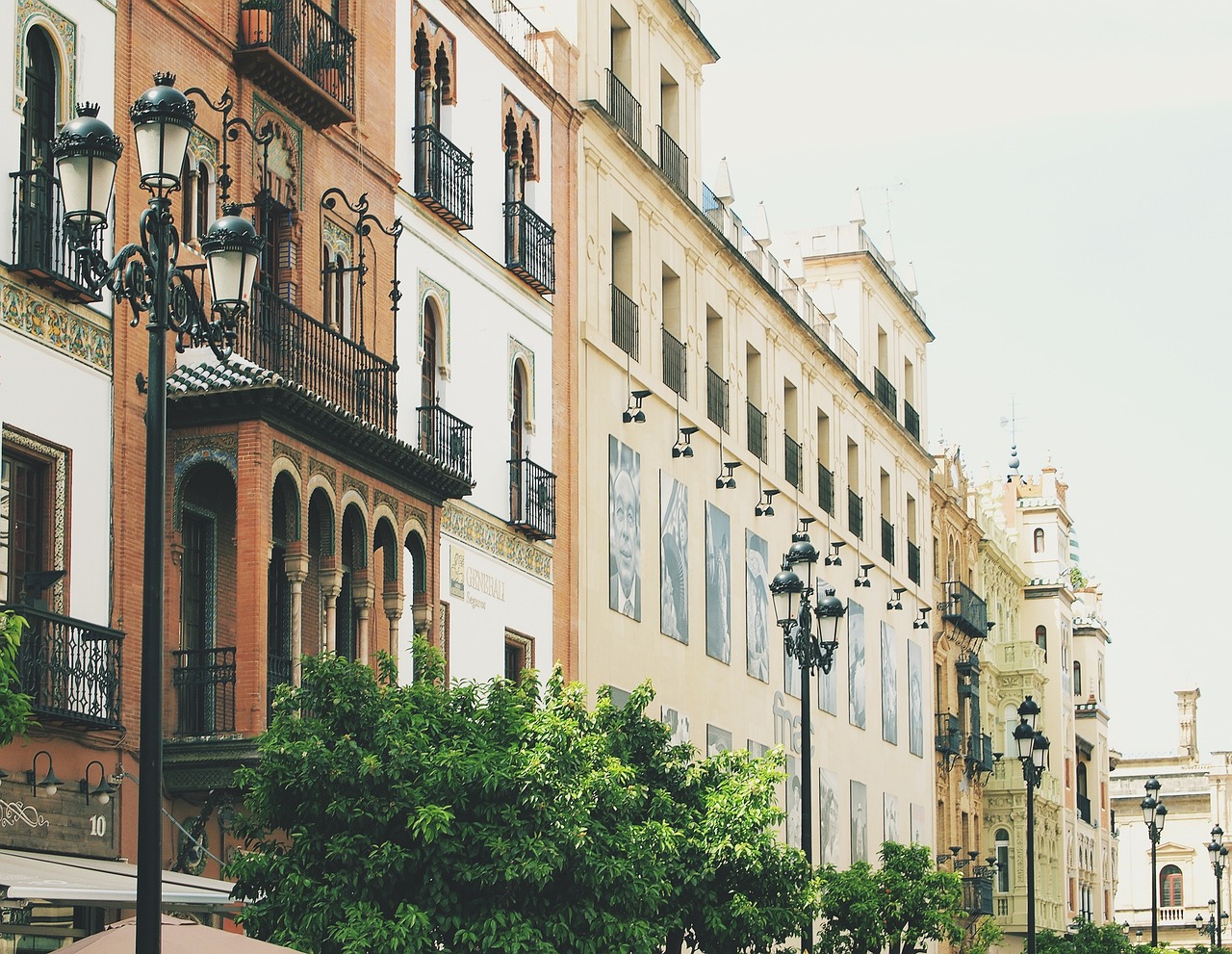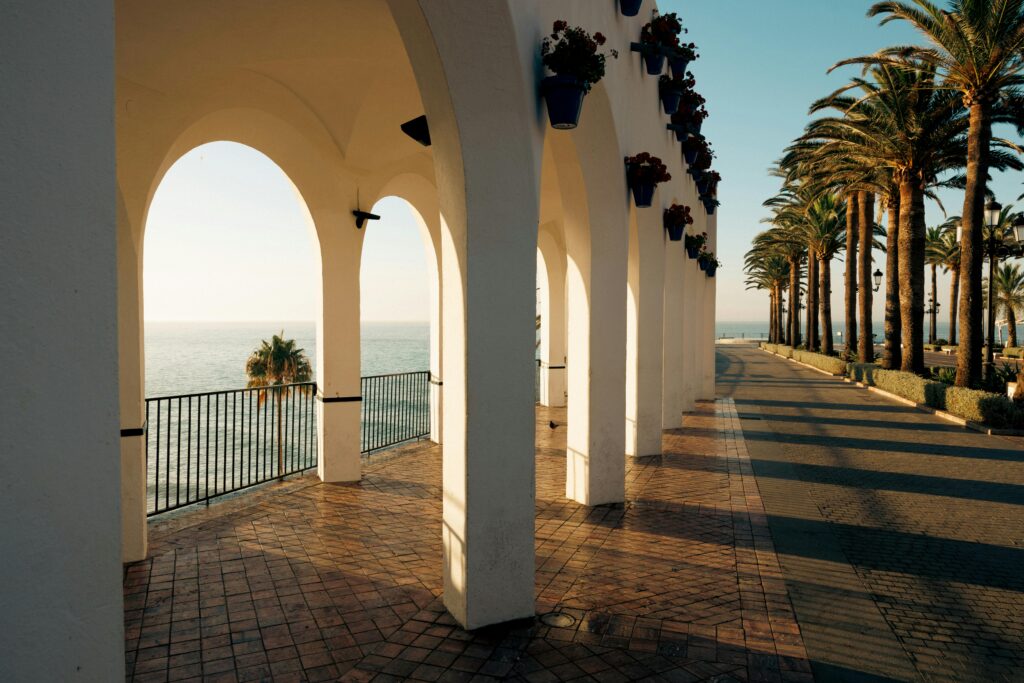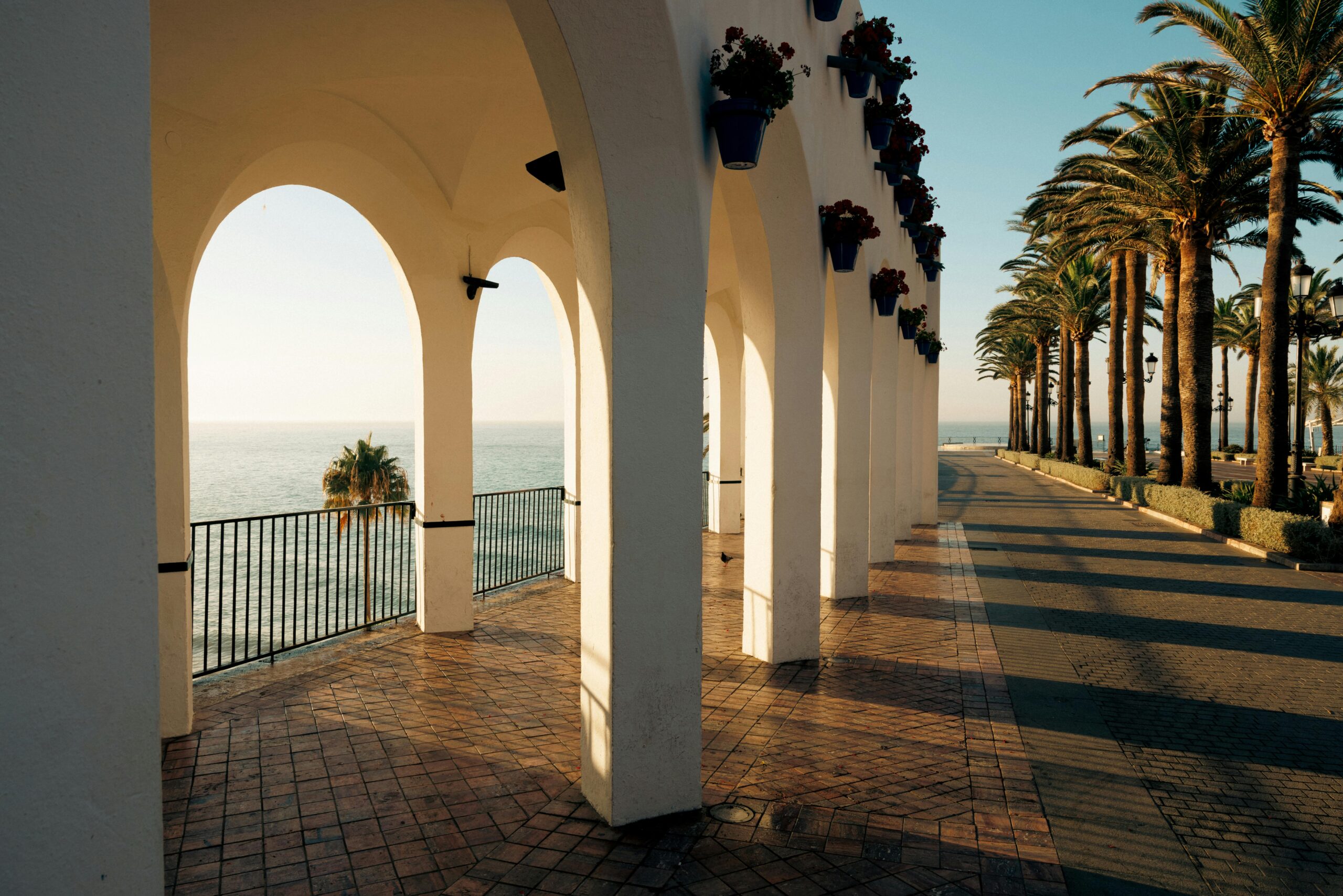
Discovering Seville’s Hidden Courtyards: A Walking Tour
- Hidden Gems, Seville
- septiembre 10, 2024
Hanna Smith
Writer & Blogger
Seville is a city that captivates with its vibrant streets, stunning architecture, and rich history. But one of the true gems of the city lies behind closed doors: its hidden courtyards, or “patios.” These tranquil oases offer a glimpse into the city’s Moorish past and the Andalusian tradition of blending indoor and outdoor spaces. Embark on a walking tour to discover some of Seville’s most beautiful and secretive courtyards, each offering a unique window into the soul of the city.
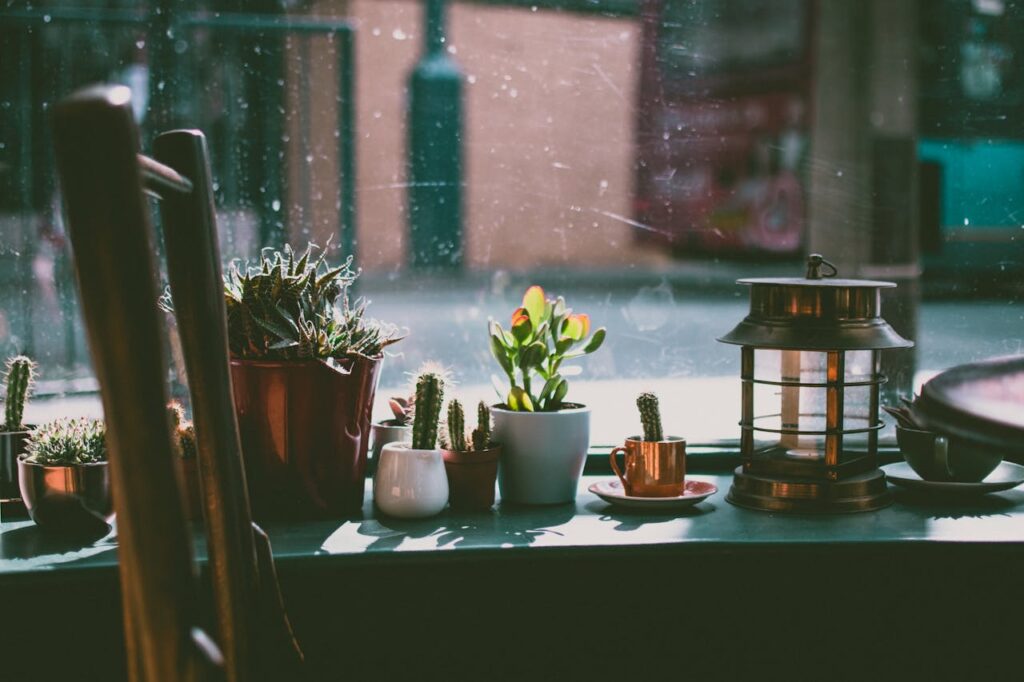
The Alcázar of Seville
Your journey begins at the Alcázar of Seville, a UNESCO World Heritage site and one of the city’s most famous landmarks. While the palace itself is breathtaking, its courtyards are equally mesmerizing. The Patio de las Doncellas (Courtyard of the Maidens) is perhaps the most iconic, with its reflecting pool, ornate arches, and lush gardens. The intricate tilework and delicate arches are a testament to the skill of the Moorish artisans who designed it.
Another courtyard worth exploring in the Alcázar is the Patio de las Muñecas (Courtyard of the Dolls), named after the small, doll-like faces carved into the arches. This intimate space is adorned with vibrant tiles and offers a peaceful escape from the bustling city. The courtyards of the Alcázar perfectly illustrate the Moorish influence on Andalusian architecture, blending indoor and outdoor spaces to create a harmonious environment.
Casa de Pilatos
Next, make your way to Casa de Pilatos, a stunning 16th-century palace that showcases a blend of Gothic, Mudéjar, and Renaissance architectural styles. The courtyards here are some of the most beautiful in Seville, with their symmetrical design, vibrant tiles, and fragrant orange trees. The Patio Principal (Main Courtyard) is the heart of the palace, featuring a central fountain surrounded by columns and arches adorned with intricate details.
The Patio del Crucero (Crucero Courtyard) is another highlight, offering a more secluded and intimate atmosphere. The lush greenery, combined with the serene setting, makes this courtyard a perfect place to sit and reflect. Casa de Pilatos is a hidden gem that provides a deep insight into the noble life of Seville’s past, and its courtyards are a testament to the beauty of Andalusian design.
Palacio de las Dueñas
Continue your tour to the Palacio de las Dueñas, a grand palace that dates back to the 15th century and is still owned by the House of Alba. The palace is a treasure trove of art and history, but its courtyards are the true stars of the show. The Patio Principal, with its lush plants, fountains, and colorful tiles, is a perfect example of a traditional Andalusian courtyard, offering a peaceful retreat from the city’s heat.
The palace’s other courtyards, such as the Patio del Limonero (Lemon Tree Courtyard), are equally enchanting, with their fragrant citrus trees and vibrant flowers. The blend of Gothic and Mudéjar architecture, combined with the tranquility of the courtyards, makes Palacio de las Dueñas a must-visit for anyone interested in Seville’s rich cultural heritage.
Hospital de los Venerables
Located in the historic Santa Cruz neighborhood, the Hospital de los Venerables is a former hospital for elderly priests, now serving as a cultural center. The building is a beautiful example of Baroque architecture, and its courtyard is one of the most serene spots in Seville. The Patio de los Venerables features a central fountain, surrounded by orange trees and arches that provide shade and a sense of calm.
The courtyard’s simplicity and elegance make it a perfect place to pause and take in the history of the building. The hospital also houses a small but impressive collection of art, including works by Velázquez and Murillo, making it a cultural gem in the heart of Seville. The courtyard at the Hospital de los Venerables is a peaceful haven that reflects the contemplative nature of its original purpose.
Convento de San Leandro
Your tour concludes at the Convento de San Leandro, a working convent known for its delicious yemas (egg yolk sweets). While the convent itself is closed to the public, the courtyard is open to visitors and offers a unique glimpse into the life of the cloistered nuns who live there. The Patio del Convento is a simple yet beautiful space, with potted plants, a central fountain, and the quiet atmosphere of a place dedicated to reflection and prayer.
The convent’s courtyard is a stark contrast to the grand palaces and opulent buildings you may have visited earlier on your tour, but it offers a different kind of beauty—one that is rooted in simplicity and devotion. After visiting the courtyard, don’t forget to purchase some yemas from the nuns, a sweet reminder of your time in Seville.
Tips for Exploring Seville’s Hidden Courtyards
- Respect the Spaces: Many courtyards are part of private residences or working convents, so be mindful of the rules and respect the privacy of the inhabitants.
- Visit Early or Late: To avoid the crowds and enjoy the courtyards in peace, consider visiting early in the morning or later in the afternoon.
- Take Your Time: The beauty of Seville’s courtyards lies in the details, so take your time to appreciate the intricate tilework, the scent of the flowers, and the sound of the fountains.
- Capture the Moment: The courtyards are perfect for photography, so don’t forget your camera to capture these stunning spaces.
Conclusion
Seville’s hidden courtyards are more than just beautiful spaces—they are a reflection of the city’s history, culture, and way of life. From the grand palaces of the nobility to the tranquil retreats of convents, these courtyards offer a unique and intimate glimpse into Seville’s soul. So take a walk through the city’s hidden gems, and discover the quiet beauty that lies behind Seville’s doors.
Recent Posts
- All Posts
- Alicante
- Barcelona
- Beaches
- Bilbao
- Castles
- Cordoba
- Culture
- Day Trips
- Family
- Gastronomy
- Granada
- Hidden Gems
- Ibiza
- Madrid
- Mallorca
- Menorca
- Nature
- Nightlife
- Oviedo
- Seville
- Shopping
- Toledo
- Travel
- Valencia
- Zaragoza

Are you traveling with children?
Take some ideas of plans so you can enjoy the trip as a family. Ideal for everyone!
Category
- Alicante (15)
- Barcelona (15)
- Beaches (11)
- Bilbao (15)
- Castles (2)
- Cordoba (14)
- Culture (59)
- Day Trips (8)
- Family (13)
- Gastronomy (51)
- Granada (15)
- Hidden Gems (15)
- Ibiza (16)
- Madrid (15)
- Mallorca (5)
- Menorca (16)
- Nature (4)
- Nightlife (8)
- Oviedo (15)
- Seville (17)
- Shopping (6)
- Toledo (14)
- Travel (1)
- Valencia (16)
- Zaragoza (13)
Tags
- Adventure (3)
- ARt (5)
- Brunch (1)
- Churchs (5)
- Coffee (2)
- Day Trips (2)
- Festivals (2)
- Flamenco (3)
- Garden (1)
- Hidden Gems (10)
- Hiking (1)
- Historical (18)
- Market (4)
- Museums (2)
- Music (2)
- Nerja (1)
- Parks (3)
- Patios (3)
- Pintxos (2)
- Relax (1)
- Rooftops (3)
- Seafood (3)
- Snorkel (1)
- Spring (1)
- Tapas (8)
- Traditional (1)
- Trail (3)
- Trip (2)
- Viewpoints (2)
- Walking (4)
- Weekend (1)
- Wine (1)
- Winter (1)
Top 10 Best Christmas Markets in Spain: Festive Guide 2024 Travel noviembre 19, 2024 Olivia Jones Writer & Blogger Spain, with its rich cultural heritage and festive spirit, transforms into a winter wonderland during the holiday season. From bustling urban centers to quaint historic towns, the country hosts a plethora of Christmas markets that captivate both locals and visitors. These markets, known as «mercados de Navidad,» offer a unique blend of traditional crafts, delectable treats, and vibrant entertainment, making them a must-visit during the festive period. 1. Plaza Mayor Christmas Market, Madrid Madrid’s Plaza Mayor, a historic square dating back to the 17th century, becomes the heart of the city’s Christmas celebrations. From late November to December 31st, the square is adorned with over 100 stalls offering a variety of items, from handcrafted ornaments to traditional nativity scene figures. The market is renowned for its festive atmosphere, with twinkling lights illuminating the square and street performers entertaining the crowds. Visitors can indulge in seasonal delicacies such as «turrón» (nougat) and «polvorones» (almond cookies), making it a delightful experience for all ages. Destinos Europeos Excepcionales 2. Fira de Santa Llúcia, Barcelona Established in 1786, the Fira de Santa Llúcia is Barcelona’s oldest and most iconic Christmas market. Located in front of the majestic Barcelona Cathedral, the market features over 280 stalls selling a wide array of products, including handcrafted gifts, decorations, and traditional Catalan items. A unique aspect of this market is the «caganer,» a traditional Catalan figurine often included in nativity scenes. The market also hosts various activities, such as workshops and musical performances, providing a comprehensive festive experience. España 3. Mercado de Navidad de Plaza del Pilar, Zaragoza Zaragoza’s Plaza del Pilar transforms into a festive hub from early December to early January. The market boasts a large ice-skating rink, a nativity scene with live animals, and numerous stalls offering artisanal crafts and local gastronomy. The backdrop of the Basilica del Pilar adds to the enchanting atmosphere, making it a picturesque destination for holiday festivities. Sensational Spain 4. Mercado de Navidad de la Plaza del Ayuntamiento, Valencia Valencia’s central square hosts a charming Christmas market featuring stalls with handcrafted goods, festive decorations, and local delicacies. The market is known for its lively ambiance, with street musicians and performers adding to the festive spirit. Visitors can also enjoy the beautifully decorated Christmas tree and the traditional nativity scene displayed in the square. Sensational Spain 5. Feria del Belén, Seville Seville’s Feria del Belén is a specialized market dedicated to nativity scenes. Located near the Cathedral, the market offers a vast selection of handcrafted nativity figures and accessories, reflecting the city’s deep-rooted Christmas traditions. It’s an ideal place for collectors and those looking to add a unique touch to their holiday decorations. Sensational Spain 6. Mercado de Navidad de la Plaza Mayor, Salamanca Salamanca’s historic Plaza Mayor hosts a delightful Christmas market featuring stalls with artisanal crafts, festive foods, and holiday decorations. The square’s stunning architecture, illuminated with festive lights, provides a magical setting for the market. Visitors can enjoy traditional Spanish Christmas treats and find unique gifts while soaking in the festive atmosphere. Sensational Spain 7. Mercado de Navidad de la Plaza de la Constitución, Málaga Málaga’s Plaza de la Constitución becomes a focal point of Christmas celebrations, hosting a market with stalls offering a variety of products, from crafts to culinary delights. The city’s famous Christmas lights, especially along Calle Larios, are a major attraction, drawing visitors from all over to witness the spectacular displays. Sensational Spain 8. Mercado de Navidad de la Plaza Mayor, León León’s Plaza Mayor transforms into a festive market during the holiday season, featuring stalls with local crafts, food, and Christmas decorations. The market is known for its warm and welcoming atmosphere, with the historic square providing a beautiful backdrop for the festivities. Visitors can enjoy traditional music performances and sample regional specialties, making it a memorable experience. Sensational Spain 9. Mercado de Navidad de la Plaza del Príncipe, Vigo Vigo’s Plaza del Príncipe hosts a vibrant Christmas market known for its lively atmosphere and diverse offerings. Stalls feature a range of products, including handmade crafts, festive foods, and unique gifts. The city’s impressive Christmas light displays, which have gained international recognition, add to the market’s appeal, creating a magical setting for holiday shoppers. Sensational Spain 10. Mercado de Navidad de la Plaza Mayor, Burgos Burgos’s Plaza Mayor becomes a hub of Christmas activity, with a market offering a variety of goods, from artisanal crafts to local delicacies. The market is set against the backdrop of the city’s historic architecture, with festive lights illuminating the square. Visitors can explore the stalls, enjoy traditional music, and experience the warm hospitality of the locals during the holiday season. Sensational Spain Tips for Visiting Spanish Christmas Markets Timing: Most markets open in late November and run until early January. It’s advisable to check specific dates in advance, as they can vary each year. Local Specialties: Each region offers unique products and delicacies. For instance, Barcelona is known for its «caganer» figurines, while Madrid offers a variety of nativity scene figures. Cultural Etiquette: Engaging with local vendors and participating in traditional activities can enhance the experience. Learning a few basic Spanish phrases can also be beneficial. Weather Preparedness: While Spain generally has a mild winter, temperatures can drop in the evenings. Dressing in Recent Categories You may also like: Edit Template
Authentic Flamenco Shows in Córdoba: Where to Experience the Best Uncategorized septiembre 14, 2024 Hanna Smith Writer & Blogger Edit Template Córdoba, a city steeped in history and culture, is one of the best places in Spain to experience the passionate art of flamenco. While Seville is often seen as the heart of flamenco, Córdoba has its own rich tradition and offers a more intimate and authentic flamenco experience. From small, cozy tablaos to larger venues, here’s a guide to the best places in Córdoba to witness this captivating performance of dance, song, and music. Córdoba Edit Template 1. Tablao El Cardenal One of the most famous venues in Córdoba, Tablao El Cardenal offers nightly flamenco performances featuring some of the region’s most talented dancers, singers, and guitarists. Located in the heart of the city, near the Mezquita, the venue has a traditional Andalusian courtyard setting that adds to the charm of the experience. The performances here are dynamic, showcasing the fiery energy and emotion that make flamenco so unique. Why It’s Special: The venue is steeped in history, set in an old 16th-century building. Performances feature a variety of flamenco styles, including bulerías, tangos, and fandangos. The intimate setting allows for a closer connection to the performers, making it a deeply moving experience. Tips: Book your tickets in advance, as performances often sell out, especially during peak tourist seasons. Arrive early to get a good seat and enjoy the beautiful surroundings of the courtyard. 2. Arte y Sabores de Córdoba For a unique combination of flamenco and local cuisine, Arte y Sabores de Córdoba offers an experience that combines Andalusian gastronomy with an authentic flamenco performance. The venue is located inside the Arab Baths of Santa María, adding an extra layer of historic ambiance to your evening. You can enjoy a selection of traditional tapas and wines while watching a mesmerizing flamenco show. Why It’s Special: The setting in the former Arab Baths creates a unique and historic atmosphere. Enjoy the local flavors of Córdoba with dishes like salmorejo and jamón ibérico as part of your evening. Performances feature both traditional and modern flamenco, showcasing a range of styles and expressions. Tips: Make a reservation for both the show and the meal to ensure you have the full experience. Try the local wines that are offered as part of the dinner package for an authentic taste of Córdoba. 3. Peña Flamenca Fosforito For those looking for a more local and traditional experience, Peña Flamenca Fosforito is a flamenco social club where locals gather to celebrate the art of flamenco. Named after Antonio Fernández Díaz “Fosforito”, a legendary flamenco singer from Córdoba, this venue offers a more informal and intimate setting where you can witness flamenco performances that are deeply rooted in the community. Why It’s Special: The performances here are raw and authentic, often featuring local talent. It’s a great place to experience cante jondo, the deepest and most expressive style of flamenco singing. The atmosphere is friendly and welcoming, offering a true taste of Córdoba’s flamenco culture. Tips: Peña Flamenca Fosforito often hosts special events and festivals, so check the schedule in advance for unique performances. This venue is less touristy than others, making it a great option for those looking for a more authentic, local experience. 4. La Bulería La Bulería is a popular flamenco bar in Córdoba where you can experience live flamenco performances in a lively and intimate setting. Known for its vibrant atmosphere, La Bulería attracts both locals and visitors, making it a fantastic place to immerse yourself in the passionate energy of flamenco. The small size of the venue ensures that every seat offers a great view of the performers. Why It’s Special: The venue’s small size creates an up-close experience with the performers. The lively and energetic atmosphere makes it a great spot for a night out with friends or family. It’s a more casual and relaxed environment compared to larger tablaos, offering a fun and spontaneous flamenco experience. Tips: Shows start late in the evening, so plan accordingly for a true flamenco night out. Arrive early to secure a good spot, as seating is limited. 5. La Casa de la Memoria If you’re looking for a deeper understanding of flamenco’s roots and history, a visit to La Casa de la Memoria is a must. While not exclusively a flamenco venue, this cultural center in Córdoba often hosts flamenco shows alongside exhibitions and events that delve into the history of this iconic Andalusian art form. It’s a great place to learn more about the evolution of flamenco while also enjoying a top-notch performance. Why It’s Special: The focus on cultural preservation adds a meaningful dimension to the flamenco performances. The venue regularly hosts lectures and workshops on flamenco, making it ideal for those looking to learn more about the art form. The intimate performances often feature both established and up-and-coming flamenco artists. Tips: Check their event schedule in advance, as performances are not held every night. Consider attending one of the workshops or lectures to gain deeper insight into flamenco culture. Conclusion Córdoba offers a wide range of venues where you can experience authentic flamenco performances, from historic tablaos to local social clubs. Whether you’re looking for a vibrant night out or a more intimate, traditional experience, Córdoba’s flamenco scene will captivate you with its passion and artistry. So grab a seat, tap your feet, and let the soulful sounds of flamenco transport you into the heart of Andalusian culture. Recent Categories You may also like: Edit Template


